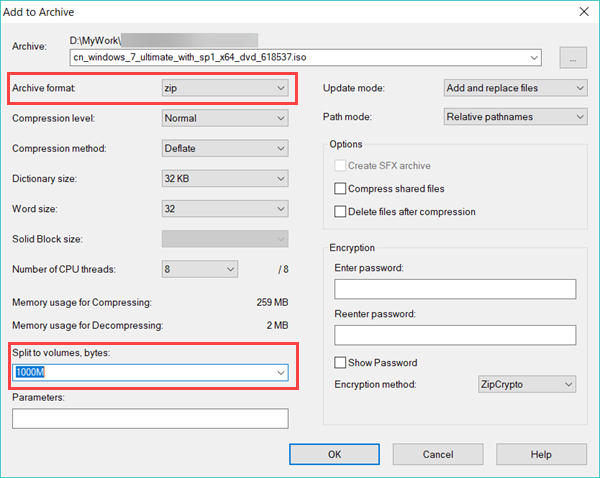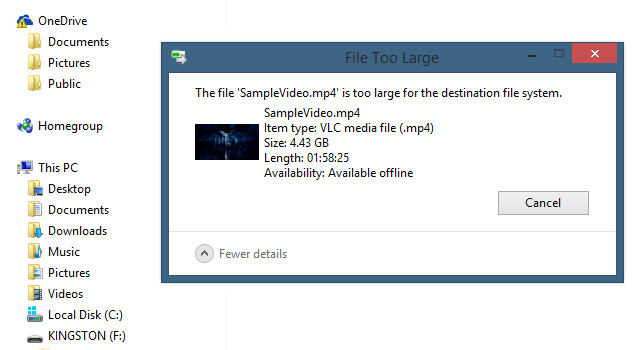

USB and FAT32Įven though NTFS has been around for almost 25 years and is the default file system on just about every Windows PC, USB drives are still sold as FAT32. While very space efficient, exFAT is only really used on MicroSD cards over 32GB. It also brought file permissions, better compression, fault tolerance, shadow copy and encryption capability.Ī different type of FAT system exFAT was introduced to replace FAT32 that had a theoretical file size limit of 16 exabytes and a theoretical storage limit of 128 petabytes. It can handle files up to 16TB in size and storage capacities of up to 256TB. It overcame the file naming and size limitations of FAT and introduced some other neat features. NTFS, the New Technology File System, was introduced in 1993 in Windows NT. File size limits for FAT32 are 4GB per file at a maximum storage capacity of 2TB. FAT32 was introduced in Windows 95 and was capable of handling larger files and larger storage. It was able to work with larger files and longer names but was still limited.


FAT16 was the interim solution and was introduced in 1984.


 0 kommentar(er)
0 kommentar(er)
